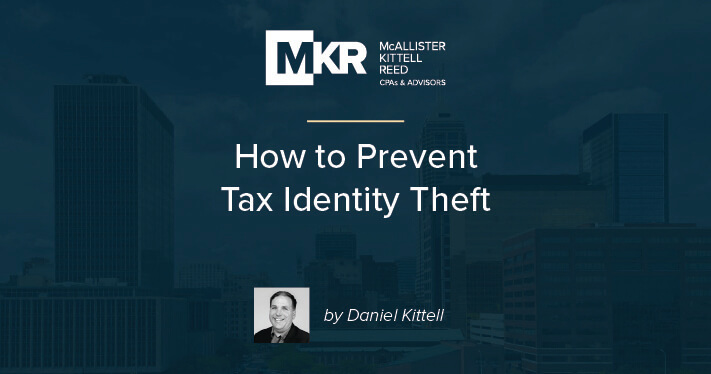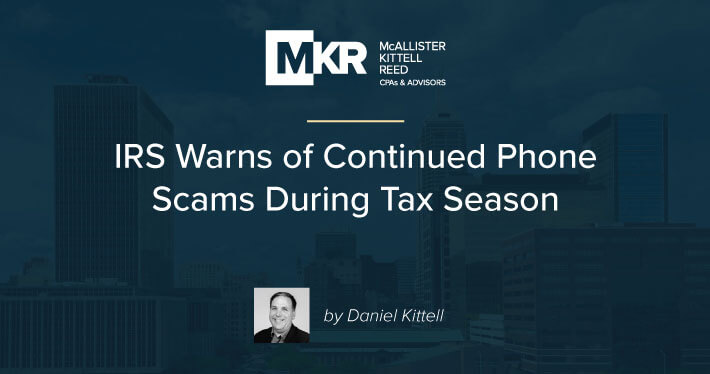In recent years, IRS imposters have become increasingly adept at deceiving taxpayers, resulting in nearly $5 million in losses, according to the Federal Trade Commission (FTC). These scammers are honing their tactics and targeting vulnerable people, making it crucial for everyone to stay vigilant. Here’s what you need to know to protect yourself from becoming a victim.



